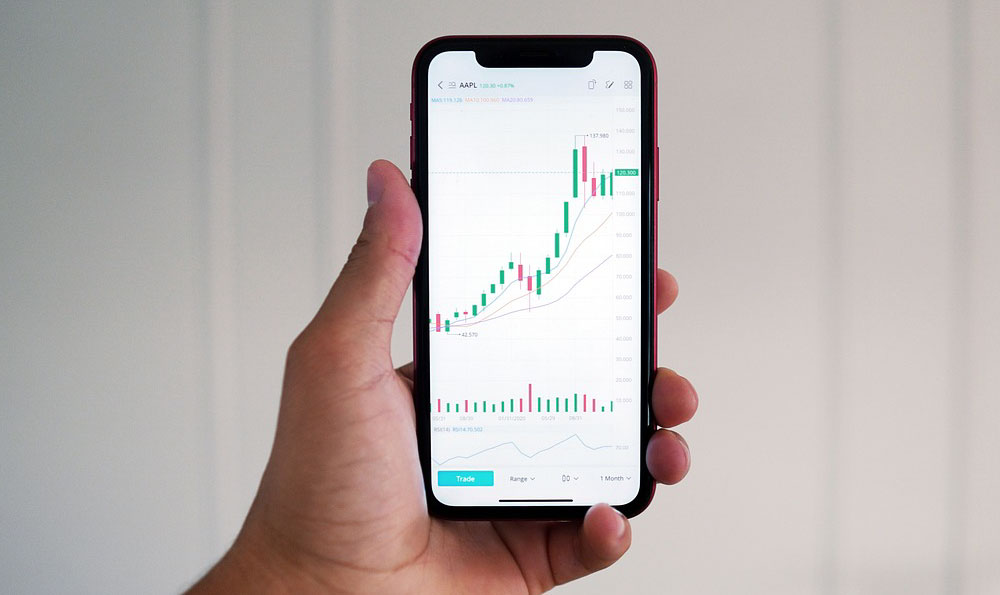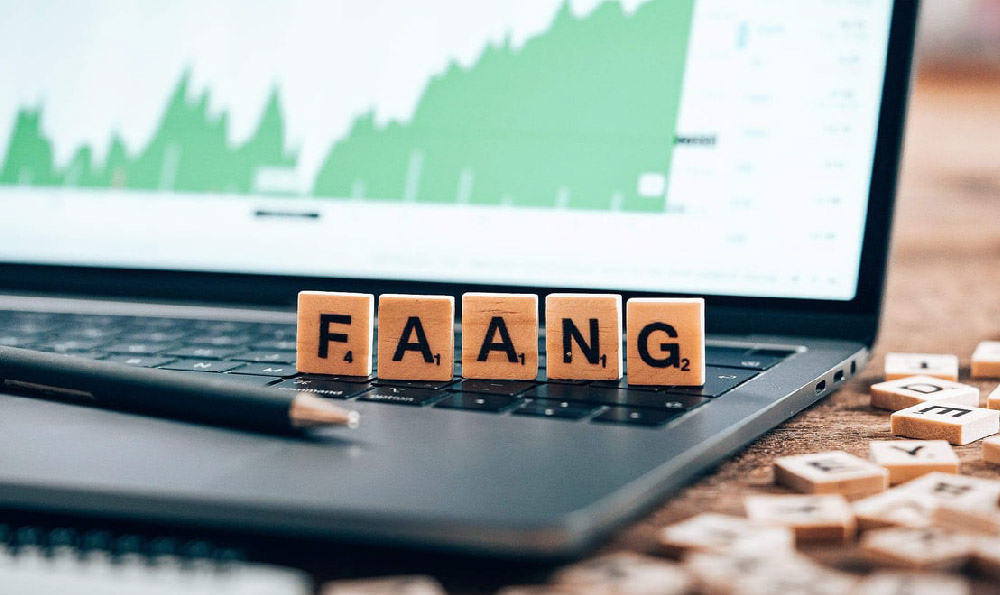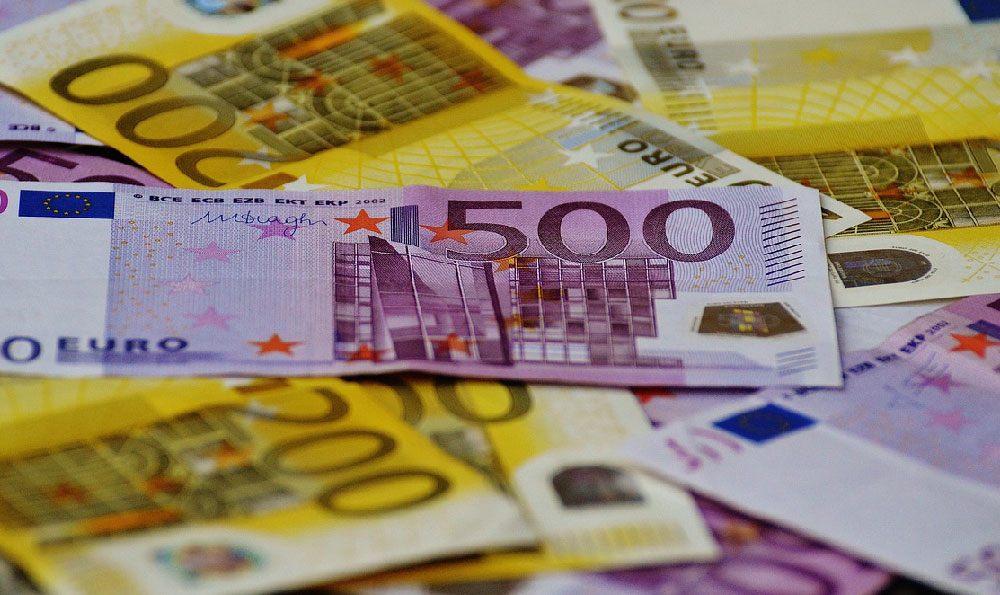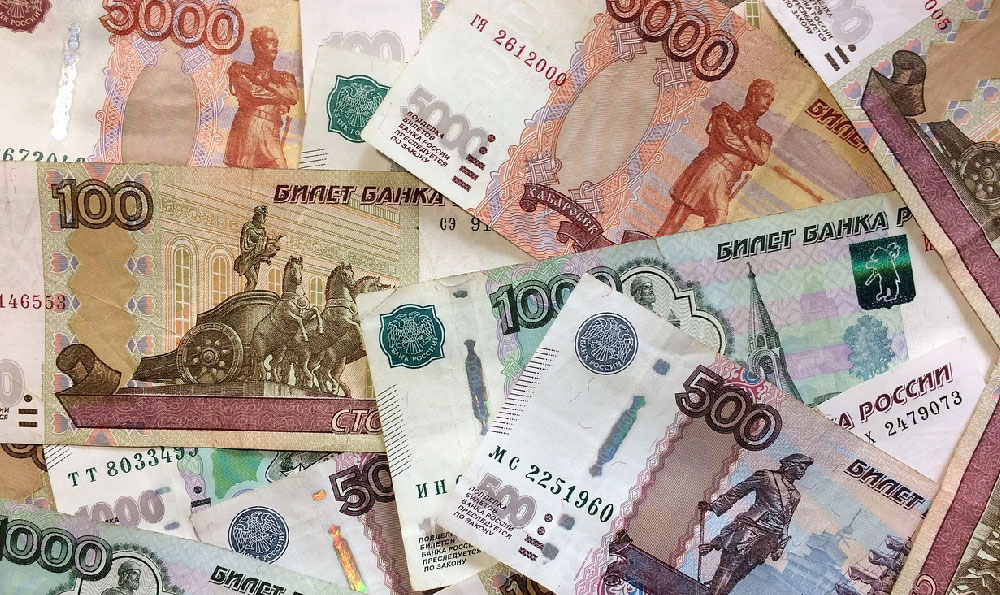Cheerleading, often relegated to the sidelines as a mere supporting act, involves a surprising level of athleticism, dedication, and time commitment. The question of whether cheerleaders get paid, and how much they earn, unveils a complex landscape varying drastically based on the level, organization, and even geographic location of the team. The common image of high school cheerleaders, pom-poms in hand, enthusiastically supporting their school's sports teams is a far cry from the professional world of cheerleading, where the stakes, both physical and financial, are significantly higher.
Let's begin with the most common level: school cheerleading. At the high school level, cheerleaders are generally not paid. They are considered part of the school's extracurricular activities, much like participating in the debate club or playing on the volleyball team. The "compensation" comes in the form of school spirit, team camaraderie, physical fitness, and the opportunity to represent their school. The costs associated with cheerleading, however, such as uniforms, travel expenses for competitions, and training camps, are typically borne by the cheerleaders themselves or their families. Fundraising activities are often organized to help offset these costs. While there is no direct monetary compensation, the skills learned – teamwork, discipline, leadership – are valuable and transferable to future endeavors.
The same generally holds true at the collegiate level. College cheerleaders are typically unpaid, although they may receive scholarships that cover a portion or all of their tuition and fees. These scholarships are typically awarded based on talent, athletic ability, and academic performance. Being a college cheerleader is a demanding commitment, requiring significant time for practices, games, competitions, and appearances at university events. The time commitment often rivals that of a part-time job, making it difficult for college cheerleaders to hold down traditional employment to offset their living expenses. In some cases, colleges may provide stipends for travel or meals, but these are generally minimal and do not constitute a regular salary. Again, the benefits are more indirect, including the scholarship, the prestige of representing the university, and the networking opportunities that can arise from being a visible figure on campus.

The landscape shifts dramatically when we enter the realm of professional cheerleading, most notably within the National Football League (NFL). NFL cheerleaders are considered employees or independent contractors of their respective teams, and therefore, they are typically paid. However, the level of compensation is often surprisingly low, and it has been the subject of considerable controversy and legal action in recent years. The pay structure varies from team to team, but generally, NFL cheerleaders are paid an hourly rate for practices, appearances, and games. The hourly rate can range from minimum wage to slightly above, but it rarely reflects the significant time commitment, physical demands, and brand representation that the job entails.
In addition to the hourly wage, NFL cheerleaders may receive additional compensation for specific appearances, such as charity events or corporate sponsorships. They may also receive clothing allowances or discounts on team merchandise. However, the overall compensation package is often meager, especially considering the rigorous audition process, intense training schedule, and public scrutiny that NFL cheerleaders face. Many NFL cheerleaders work second jobs to make ends meet, highlighting the discrepancy between the perceived glamour of the role and the financial reality.
The controversies surrounding NFL cheerleader pay have led to lawsuits alleging wage theft, unfair labor practices, and gender discrimination. These lawsuits have brought attention to the demanding working conditions and the relatively low pay that NFL cheerleaders receive compared to other team employees, particularly the players. In some cases, these lawsuits have resulted in settlements and changes to team pay policies, leading to modest increases in cheerleader compensation. However, the issue remains a contentious one, and the fight for fair pay and better working conditions for NFL cheerleaders continues.
Beyond the NFL, professional cheerleading opportunities exist in other sports leagues, such as the National Basketball Association (NBA) and minor league sports. The pay structures and compensation levels in these leagues vary widely, but they generally mirror the patterns observed in the NFL, with relatively low hourly wages and additional compensation for appearances.
The question of whether cheerleaders get paid is therefore not a simple yes or no answer. At the school and collegiate levels, cheerleading is typically an unpaid extracurricular activity, although scholarships may be available at the collegiate level. In the professional realm, particularly in the NFL, cheerleaders are paid, but the compensation is often low relative to the time commitment, physical demands, and public scrutiny that the job entails. The fight for fair pay and better working conditions for professional cheerleaders is ongoing, and it highlights the complex intersection of athleticism, entertainment, and labor practices in the world of professional sports. While financial riches are unlikely to be found on the sidelines, the skills, experience, and opportunities gained through cheerleading, particularly at the professional level, can pave the way for future success in other fields. The dedication and discipline required to excel in cheerleading are valuable assets that can translate into a variety of career paths, making the experience rewarding in ways that extend far beyond the paycheck.











